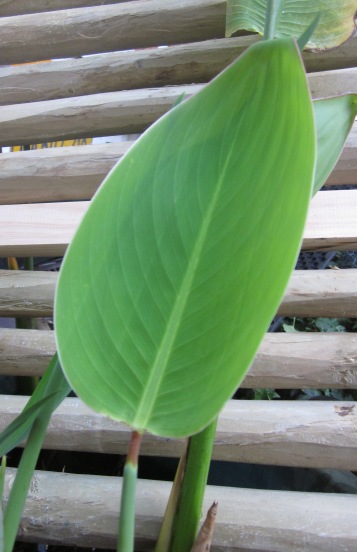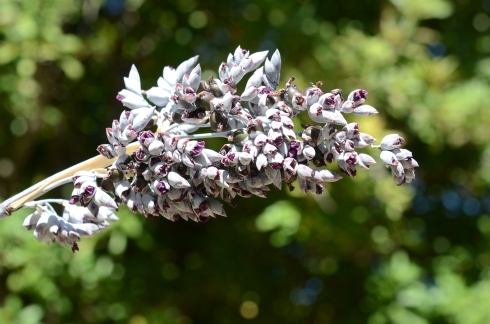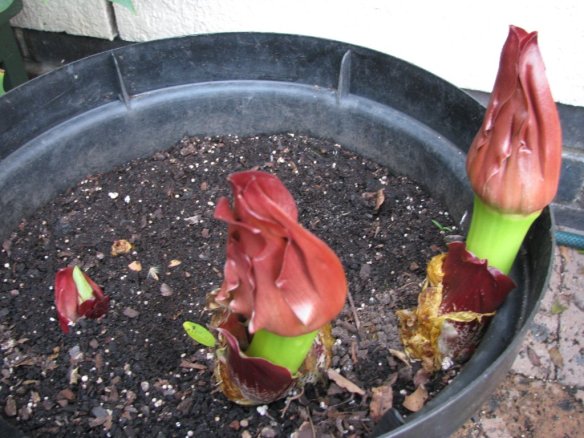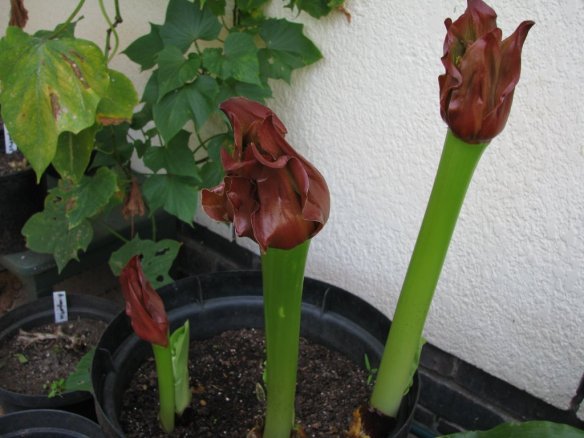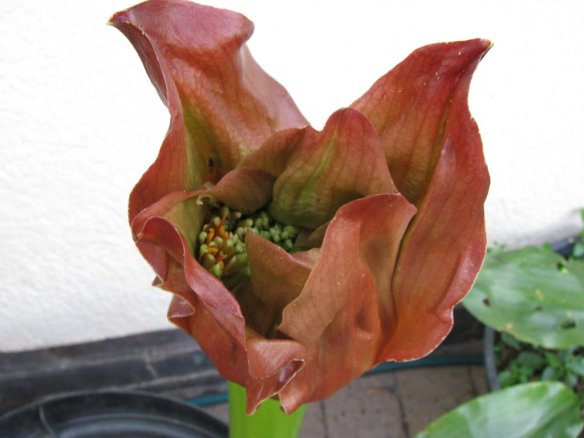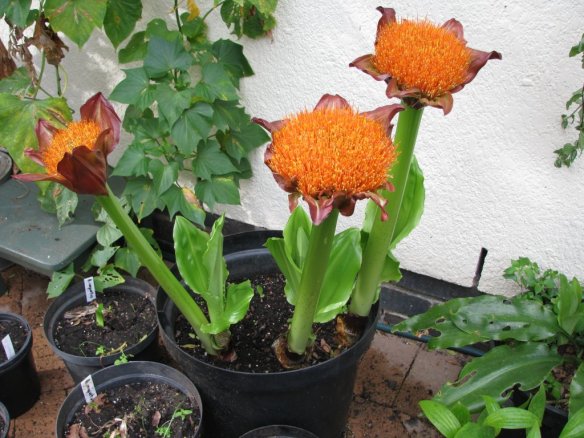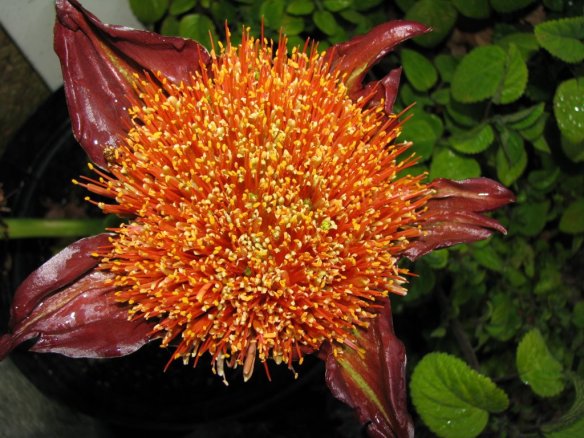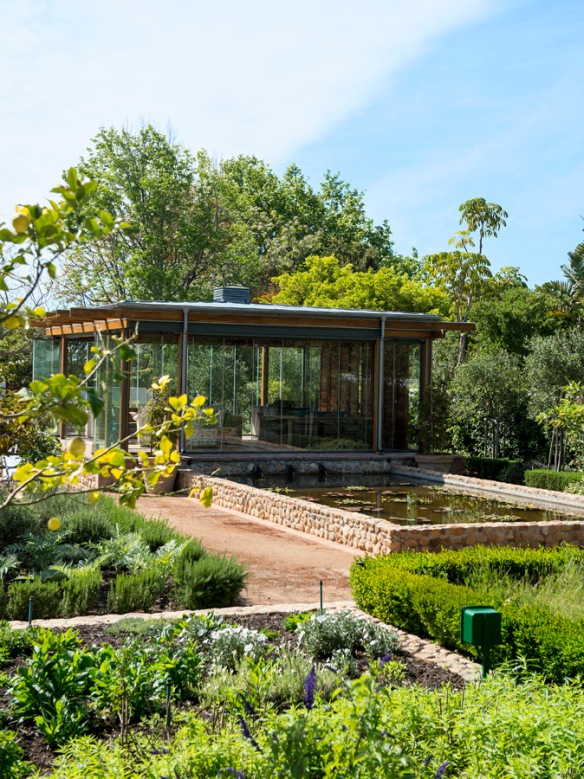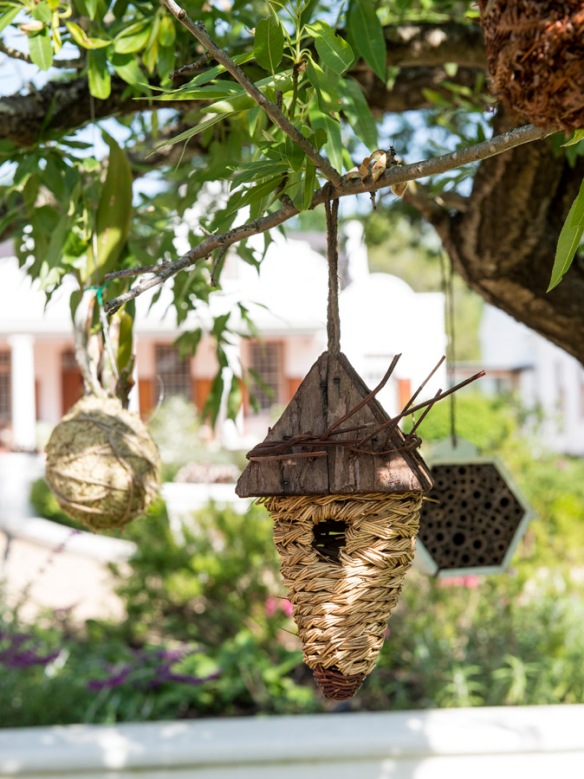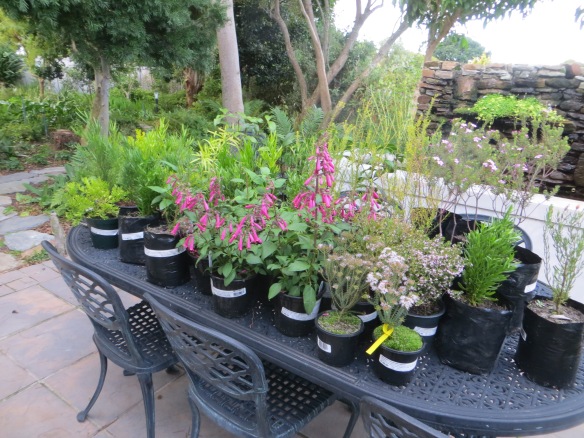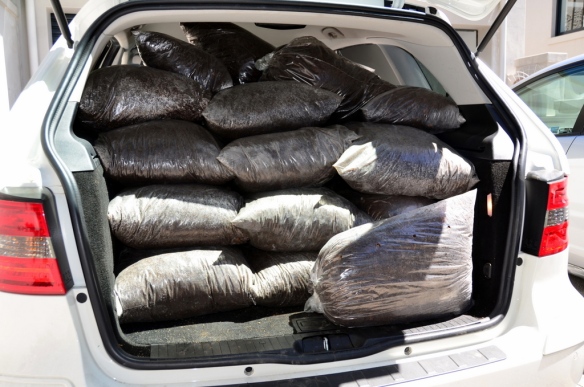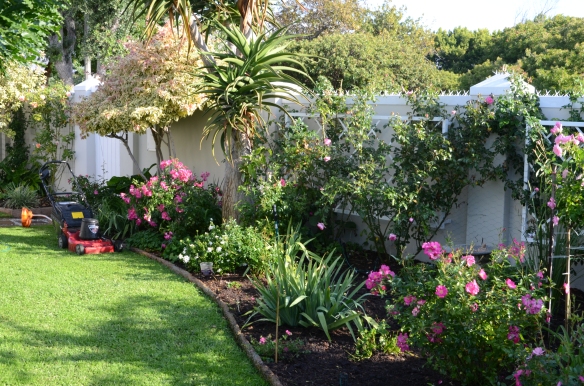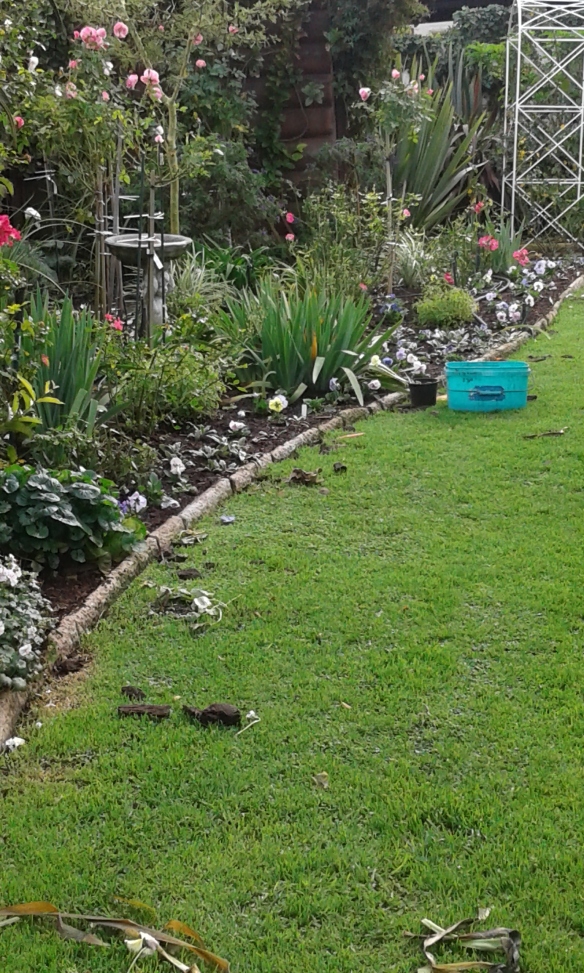Questionnaire Carel
Why do you garden?
Some men like rugby or hanging out in man-caves – I find gardening much more interesting. I get my adrenaline rush from watching plants grow and observing small animals in the garden.
Where is your garden?
Constantia Hills
What is the size of your garden?
Smallish; total stand size 1500 m2 less building and paving leaves about 1000 m2.
When did you start gardening?
Other than doing garden chores like mowing the lawn and trimming edges, in December 2011.
Who or what inspired you to start gardening?
My late mother was a life-long keen gardener – I expect I got the temperament from her.
Has a plant ever disappointed you?
If you let yourself be disappointed by plants not growing according to your expectations gardening would be a sorry affair. If a plant languishes, pull it out and replace it with something that feels like growing.
What plant has made you the happiest?
The gloriosa superba – Flame lily -that I found growing over a garden bench; not remembering having planted it there.
What do you love about your garden right now?
The sense of just waiting for spring to break into a growth spurt again.
What do you feed your garden? How often do you feed ?
I maintain a thick layer of mulch and work in compost at all possible occasions. From time to time I dispense trace elements to plants that look like they need it.
How often are you out in the garden ….. enjoying it …..and working in it ?
I work from home and wander through the garden ever hour or two, keen to see if anything has grown since the last time, always clipping at plants and picking up cement chips left by the builder.
Do you have ‘help’ in the garden –Maulana – he’s from Malawi, a hard worker and positive person.
Have you had any problems you have had to overcome….soil…..environmental issues?
Sandy, fine soil – one has to become a soil farmer before you can be successful with the plants.
Soil contamination with builders’ rubble. If I ever build again I will write into the builder’s contract that there will not be a speck of cement remaining when the work is complete.
How often do you garden?
Daily and double time over week-ends.
What do you enjoy doing in the garden the most?
Watching it grow and visualizing new shapes, colours and perspectives that I can try out.
What do you dislike doing in the garden?
I only do the things I enjoy in the garden. Long-suffering Maulana picks up and fixes up after me. Much like a spoilt, ADD child. (Which I am – really)
Which are your favourite plants …..flowers, native or ornamental ?
All of the above.
Are there any plants you really dislike?
No. I also have books on ‘problem plants’ and enjoy getting to understand why they are considered problematic.
Do you have a favourite garden writer or personality?
No
Have you ever been inspired by any author, garden writer or landscaper?
I have learnt from and been inspired by all of the professionals that I have dealt with. They help to see other possibilities.
Have you been helped by a landscaper or friends?
All the time.
If you could visit just one garden, where would it be?
I have seen many beautiful gardens, locally and abroad, but Kirstenbosch remains a favourite.
Do you have a borehole? Have you made any particular move to become more water wise ?
I do have a good borehole and irrigation. All run-off from the roof soaks directly into the garden – nothing runs into the storm water system.
If you could change just one thing in your garden, what would it be ?
I would like to do it all over again; twice the size with four times the budget.
Is there anybody you would like to credit for helping you with your garden?
My wife, June, for tolerating my gardening OCD.
My gardener, Maulana.
And a range of gardening professionals who helped me on my gardening journey:
Cara Smith
Alan Dawson
Russel Trope.
Marijke Honig
Philip Botha.

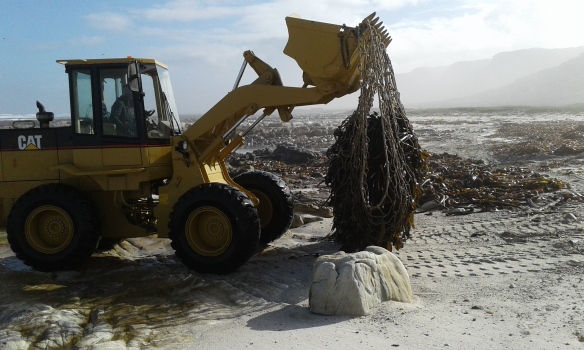
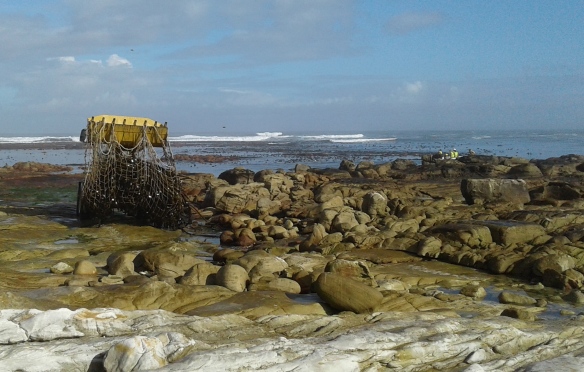
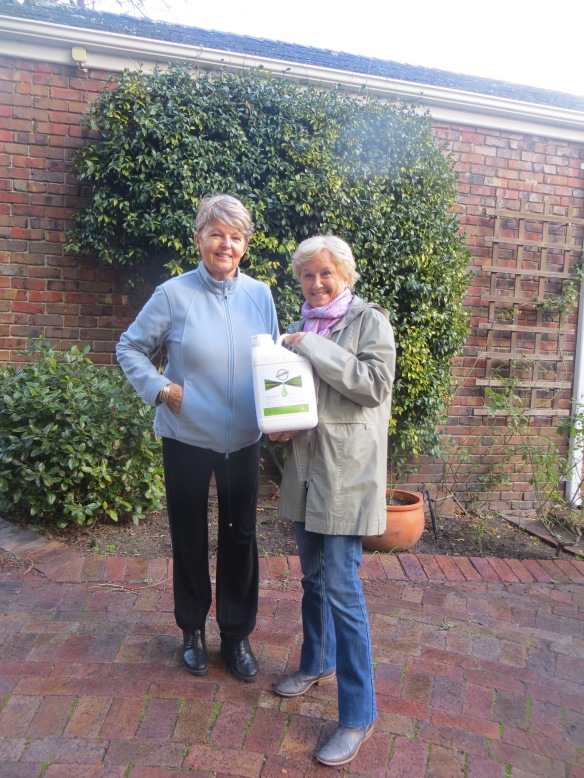
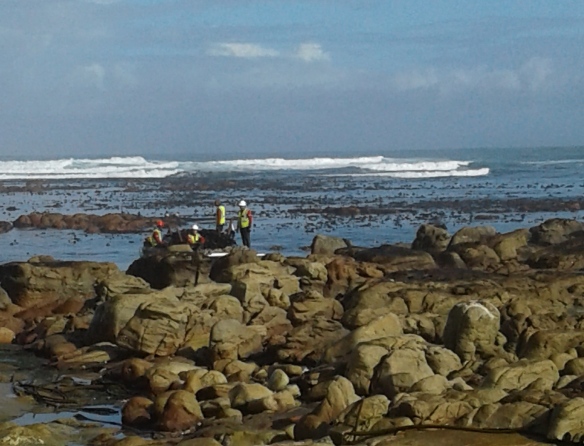 KELPAK® LIQUID SEAWEED FERTILISER
KELPAK® LIQUID SEAWEED FERTILISER